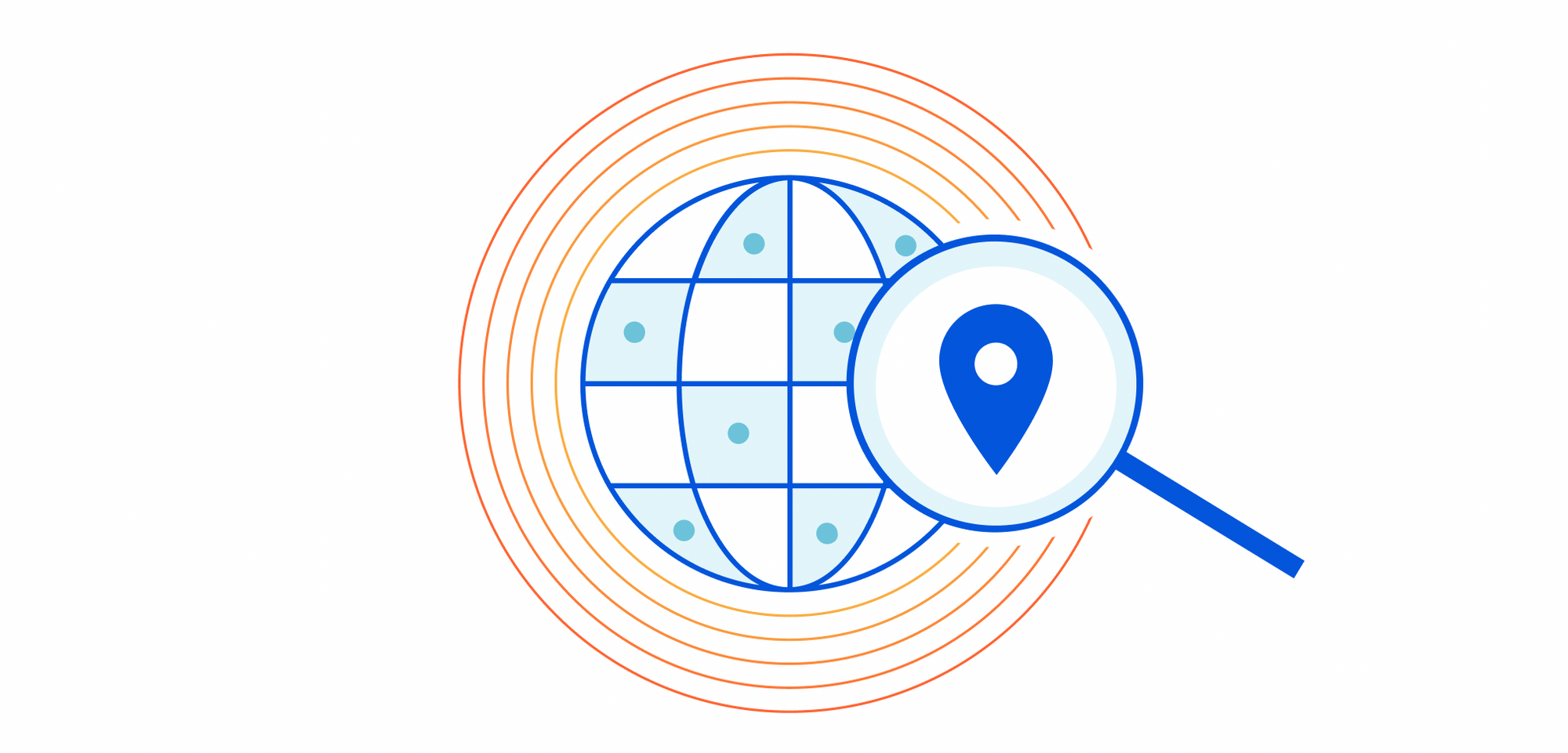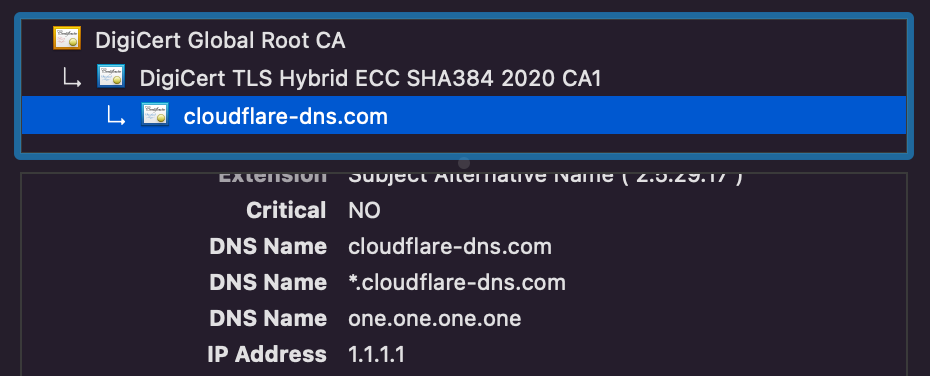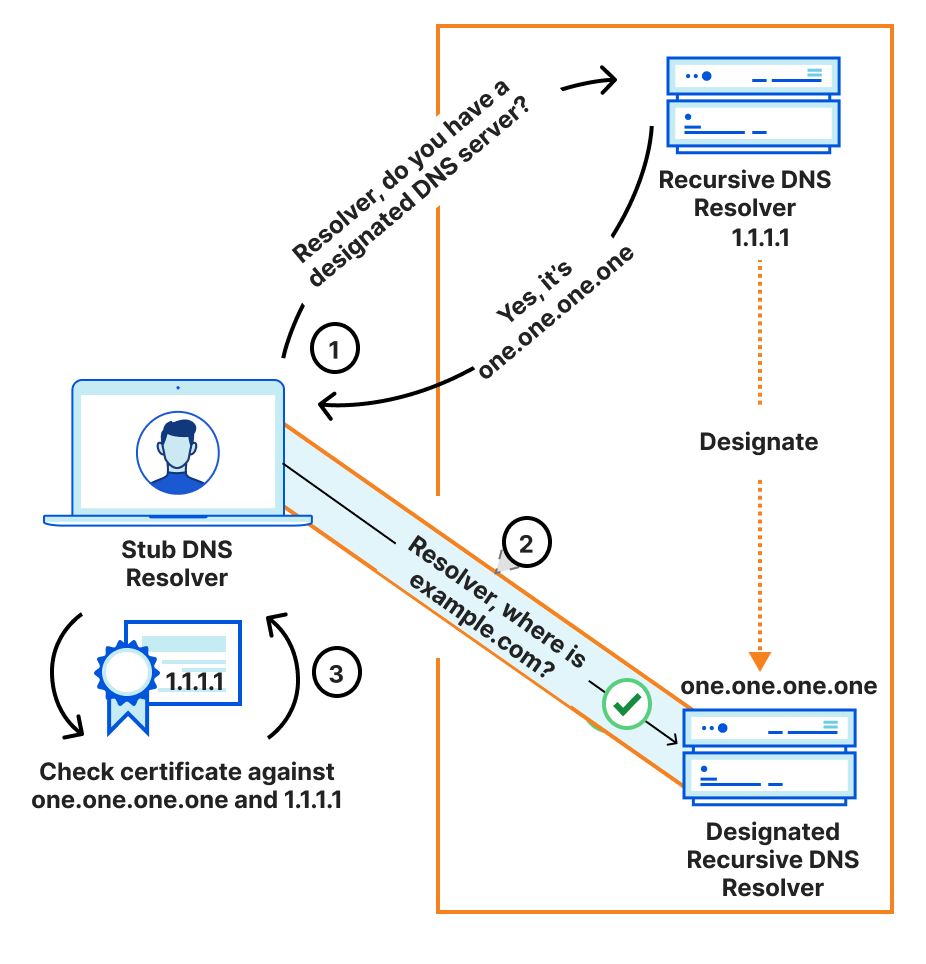
1.1.1.1 sees approximately 600 billion queries per day. However, proportionally, most queries sent to this resolver are over cleartext: 89% over UDP and TCP combined, and the remaining 11% are encrypted. We care about end-user privacy and would prefer to see all of these queries sent to us over an encrypted transport using DNS-over-TLS or DNS-over-HTTPS. Having a mechanism by which clients could discover support for encrypted protocols such as DoH or DoT will help drive this number up and lead to more name encryption on the Internet. That’s where DDR – or Discovery of Designated Resolvers – comes into play. As of today, 1.1.1.1 supports the latest version of DDR so clients can automatically upgrade non-secure UDP and TCP connections to secure connections. In this post, we’ll describe the motivations for DDR, how the mechanism works, and, importantly, how you can test it out as a client.
DNS transports and public resolvers
We initially launched our public recursive resolver service 1.1.1.1 over three years ago, and have since seen its usage steadily grow. Today, it is one of the fastest public recursive resolvers available to end-users, supporting the latest security and privacy DNS transports such as HTTP/3 for DNS-over-HTTPS (DoH), as well as Oblivious DoH.
As a public resolver, all clients, regardless of type, are typically manually configured based on a user’s desired performance, security, and privacy requirements. This choice reflects answers to two separate but related types of questions:
- What recursive resolver should be used to answer my DNS queries? Does the resolver perform well? Does the recursive resolver respect my privacy?
- What protocol should be used to speak to this particular recursive resolver? How can I keep my DNS data safe from eavesdroppers that should otherwise not have access to it?
The second question primarily concerns technical matters. In particular, whether or not a recursive resolver supports DoH is simple enough to answer. Either the recursive resolver does or does not support it!
In contrast, the first question is primarily a matter of policy. For example, consider the question of choosing between a local network-provided DNS recursive resolver and a public recursive resolver. How do resolver features (including DoH support, for example) influence this decision? How does the resolver’s privacy policy regarding data use and retention influence this decision? More generally, what information about recursive resolver capabilities is available to clients in making this decision and how is this information delivered to clients?
These policy questions have been the topic of substantial debate in the Internet Engineering Task Force (IETF), the standards body where DoH was standardized, and is the one facet of the Adaptive DNS Discovery (ADD) Working Group, which is chartered to work on the following items (among others):
- Define a mechanism that allows clients to discover DNS resolvers that support encryption and that are available to the client either on the public Internet or on private or local networks.
- Define a mechanism that allows communication of DNS resolver information to clients for use in selection decisions. This could be part of the mechanism used for discovery, above.
In other words, the ADD Working Group aims to specify mechanisms by which clients can obtain the information they need to answer question (1). Critically, one of those pieces of information is what encrypted transport protocols the recursive resolver supports, which would answer question (2).
As the answer to question (2) is purely technical and not a matter of policy, the ADD Working Group was able to specify a workable solution that we’ve implemented and tested with existing clients. Before getting into the details of how it works, let’s dig into the problem statement here and see what’s required to address it.
Threat model and problem statement
The DDR problem is relatively straightforward: given the IP address of a DNS recursive resolver, how can one discover parameters necessary for speaking to the same resolver using an encrypted transport? (As above, discovering parameters for a different resolver is a distinctly different problem that pertains to policy and is therefore out of scope.)
This question is only meaningful insofar as using encryption helps protect against some attacker. Otherwise, if the network was trusted, encryption would add no value! A direct consequence is that this question assumes the network – for some definition of “the network” – is untrusted and encryption helps protect against this network.
But what exactly is the network here? In practice, the topology typically looks like the following:

Again, for DNS discovery to have any meaning, we assume that either the ISP or home network – or both – is untrusted and malicious. The setting here depends on the client and the network they are attached to, but it’s generally simplest to assume the ISP network is untrusted.
This question also makes one important assumption: clients know the desired recursive resolver address. Why is this important? Typically, the IP address of a DNS recursive resolver is provided via Dynamic Host Configuration Protocol (DHCP). When a client joins a network, it uses DHCP to learn information about the network, including the default DNS recursive resolver. However, DHCP is a famously unauthenticated protocol, which means that any active attacker on the network can spoof the information, as shown below.

One obvious attacker vector would be for the attacker to redirect DNS traffic from the network’s desired recursive resolver to an attacker-controlled recursive resolver. This has important implications on the threat model for discovery.
First, there is currently no known mechanism for encrypted DNS discovery in the presence of an active attacker that can influence the client’s view of the recursive resolver’s address. In other words, to make any meaningful improvement, DNS discovery assumes the client’s view of the DNS recursive resolver address is correct (and obtained through some secure mechanism). A second implication is that the attacker can simply block any attempt of client discovery, preventing upgrade to encrypted transports. This seems true of any interactive discovery mechanism. As a result, DNS discovery must relax this attacker’s capabilities somewhat: rather than add, drop, or modify packets, the attacker can only add or modify packets.
Altogether, this threat model lets us sharpen the DNS discovery problem statement: given the IP address of a DNS recursive resolver, how can one securely discover parameters necessary for speaking to the same resolver using an encrypted transport in the presence of an active attacker that can add or modify packets? It should be infeasible, for example, for the attacker to redirect the client from the resolver that it knows at the outset to one the attacker controls.
So how does this work, exactly?
DDR mechanics
DDR depends on two mechanisms:
- Certificate-based authentication of encrypted DNS resolvers.
- SVCB records for encoding and communicating DNS parameters.
Certificates allow resolvers to prove authority for IP addresses. For example, if you view the certificate for one.one.one.one, you’ll see several IP addresses listed under the SubjectAlternativeName extension, including 1.1.1.1.

SVCB records are extensible key-value stores that can be used for conveying information about services to clients. Example information includes the supported application protocols, including HTTP/3, as well as keying material like that used for TLS Encrypted Client Hello.
How does DDR combine these two to solve the discovery problem above? In three simple steps:
- Clients query the expected DNS resolver for its designations and their parameters with a special-purpose SVCB record.
- Clients open a secure connection to the designated resolver, for example, one.one.one.one, authenticating the resolver against the one.one.one.one name.
- Clients check that the designated resolver is additionally authenticated for the IP address of the origin resolver. That is, the certificate for one.one.one.one, the designated resolver, must include the IP address 1.1.1.1, the original designator resolver.
If this validation completes, clients can then use the secure connection to the designated resolver. In pictures, this is as follows:

This demonstrates that the encrypted DNS resolver is authoritative for the client’s original DNS resolver. Or, in other words, that the original resolver and the encrypted resolver are effectively “the same.” An encrypted resolver that does not include the originally requested resolver IP address on its certificate would fail the validation, and clients are not expected to follow the designated upgrade path. This entire process is referred to as “Verified Discovery” in the DDR specification.
Experimental deployment and next steps
To enable more encrypted DNS on the Internet and help the standardization process, 1.1.1.1 now has experimental support for DDR. You can query it directly to find out:
$ dig +short @1.1.1.1 _dns.resolver.arpa type64
QUESTION SECTION
_dns.resolver.arpa. IN SVCB
ANSWER SECTION
_dns.resolver.arpa. 300 IN SVCB 1 one.one.one.one. alpn="h2,h3" port="443" ipv4hint="1.1.1.1,1.0.0.1" ipv6hint="2606:4700:4700::1111,2606:4700:4700::1001" key7="/dns-query{?dns}"
_dns.resolver.arpa. 300 IN SVCB 2 one.one.one.one. alpn="dot" port="853" ipv4hint="1.1.1.1,1.0.0.1" ipv6hint="2606:4700:4700::1111,2606:4700:4700::1001"
ADDITIONAL SECTION
one.one.one.one. 300 IN AAAA 2606:4700:4700::1111
one.one.one.one. 300 IN AAAA 2606:4700:4700::1001
one.one.one.one. 300 IN A 1.1.1.1
one.one.one.one. 300 IN A 1.0.0.1
This command sends a SVCB query (type64) for the reserved name _dns.resolver.arpa to 1.1.1.1. The output lists the contents of this record, including the DoH and DoT designation parameters. Let’s walk through the contents of this record:
_dns.resolver.arpa. 300 IN SVCB 1 one.one.one.one. alpn="h2,h3" port="443" ipv4hint="1.1.1.1,1.0.0.1" ipv6hint="2606:4700:4700::1111,2606:4700:4700::1001" key7="/dns-query{?dns}"This says that the DoH target one.one.one.one is accessible over port 443 (port=”443”) using either HTTP/2 or HTTP/3 (alpn=”h2,h3”), and the DoH path (key7) for queries is “/dns-query{?dns}”.
Moving forward
DDR is a simple mechanism that lets clients automatically upgrade to encrypted transport protocols for DNS queries without any manual configuration. At the end of the day, users running compatible clients will enjoy a more private Internet experience. Happily, both Microsoft and Apple recently announced experimental support for this emerging standard, and we’re pleased to help them and other clients test support.
Going forward, we hope to help add support for DDR to open source DNS resolver software such as dnscrypt-proxy and Bind. If you’re interested in helping us continue to drive adoption of encrypted DNS and related protocols to help build a better Internet, we’re hiring!


